Best Collaborative Robots of 2025
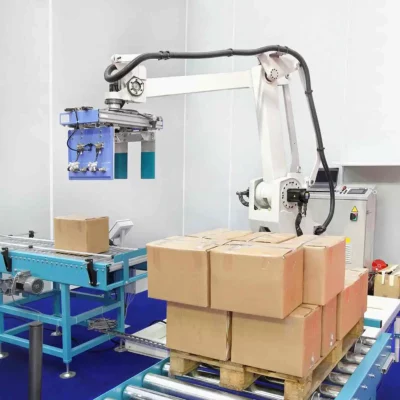
Collaborative Robots:
Cobots, or collaborative robots, are designed to work alongside you, boosting productivity and safety in various industries. Unlike traditional robots, cobots use advanced sensors and safety features to interact closely with you safely.
Cobots can work continuously without breaks, significantly increasing productivity. They handle repetitive tasks, allowing you to focus on more complex work. With features like force limiters and sensors, cobots ensure safe collaboration and reduce injury risks.
Cobots are flexible and versatile. You can reprogram them for different tasks, making them useful in assembly, packaging, quality inspection, and welding. They are generally more affordable than traditional robots and help lower labor costs by automating repetitive tasks. Cobots also improve precision, reducing errors and waste while increasing output quality.
Best 10 Collaborative Robots of 2025:
UNIVERSAL ROBOTS UR20
Rating: 4.6/5 (41 Reviews)
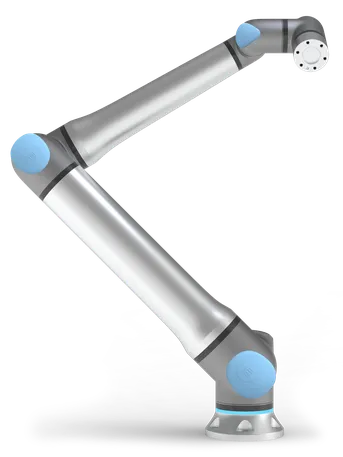
Description: Next-gen collaborative robot with 1750mm reach, 20kg payload. Faster, safer, and adaptable for diverse applications. Easy programming and future-ready features.
Price: $57,000.00
Specs: Payload 20kg | Reach 1750mm
Read more about UR20
ABB GoFa 12
Rating: 4.7/5 (9 Reviews)
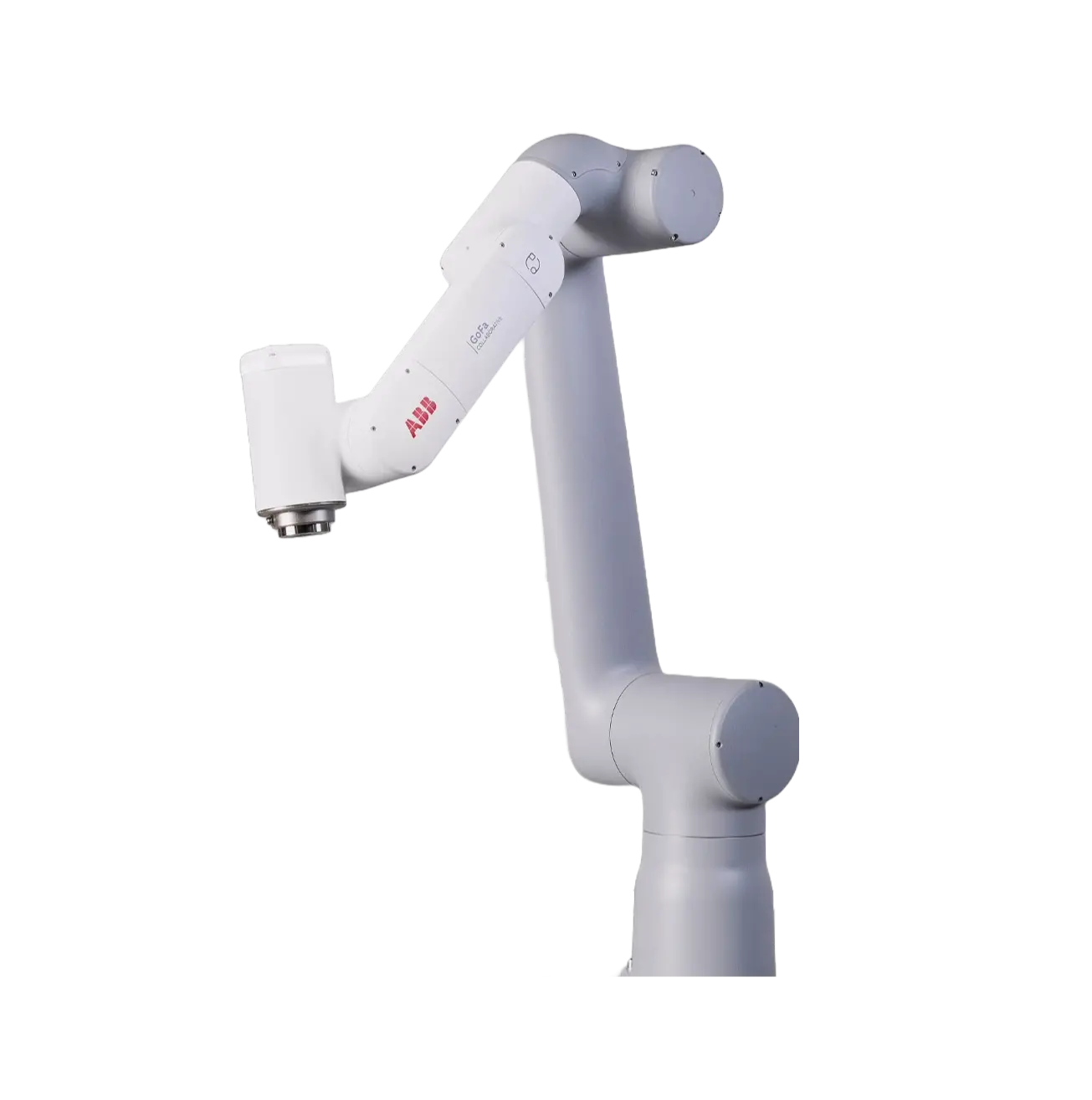
Description: Advanced collaborative robot with 950mm reach, 12kg payload. Ideal for a range of applications.
Specs: Payload 12kg | Reach 950mm
Read more about GoFa 12
Kinova Gen3 (7DoF)
Rating: 4.2/5 (12 Reviews)
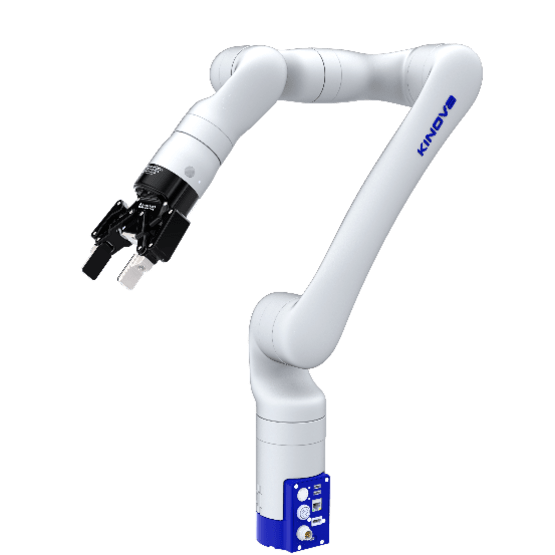
Description: Versatile collaborative robot with 915mm reach, 4kg payload. Suitable for research and light industrial tasks.
Specs: Payload 4kg | Reach 915mm
Read more about Gen3
Yaskawa HC10
Rating: 4.3/5 (12 Reviews)
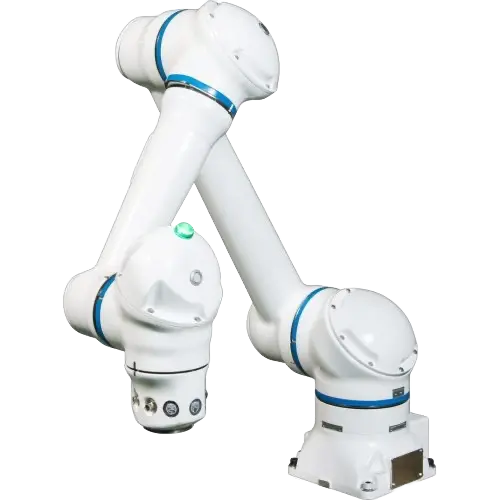
Description: Collaborative robot with 1200mm reach, 10kg payload. Optimized for a variety of industrial applications.
Specs: Payload 10kg | Reach 1200mm
Read more about HC10
Fanuc CRX-25iA
Rating: 4.4/5 (5 Reviews)
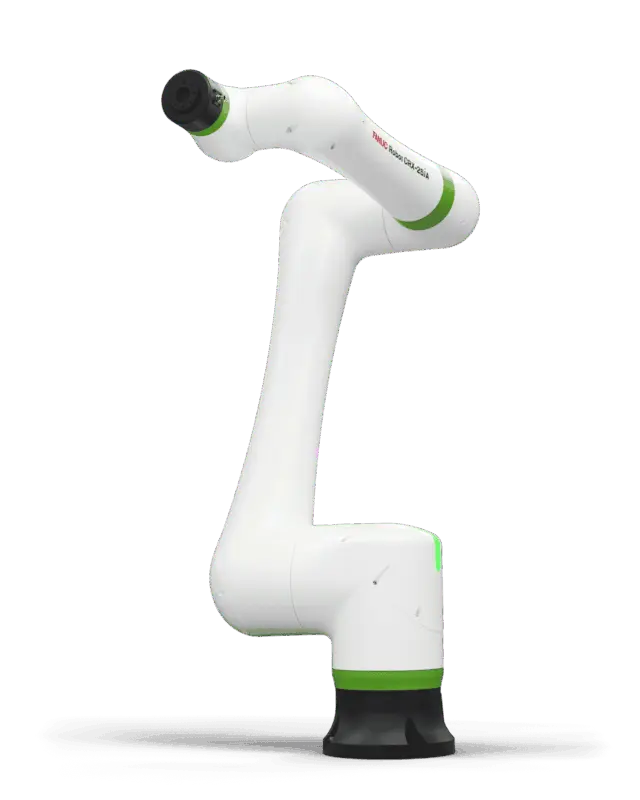
Description: Robust collaborative robot with 1889mm reach, 25kg payload. Built for heavy-duty applications.
Specs: Payload 25kg | Reach 1889mm
Read more about CRX-25iA
Techman TM5-700
Rating: 4.5/5 (4 Reviews)
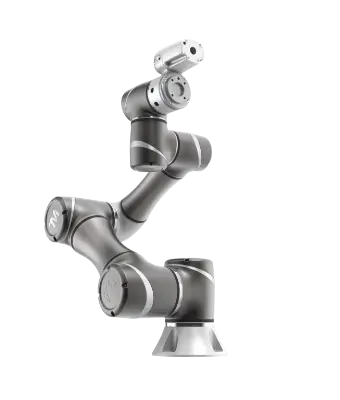
Description: Smart collaborative robot with 700mm reach, 6kg payload. Enhanced with vision system for precise tasks.
Specs: Payload 6kg | Reach 700mm
Read more about TM5-700
Elephant Robotics MyCobot 320-M5
Rating: 4.0/5 (1 Review)
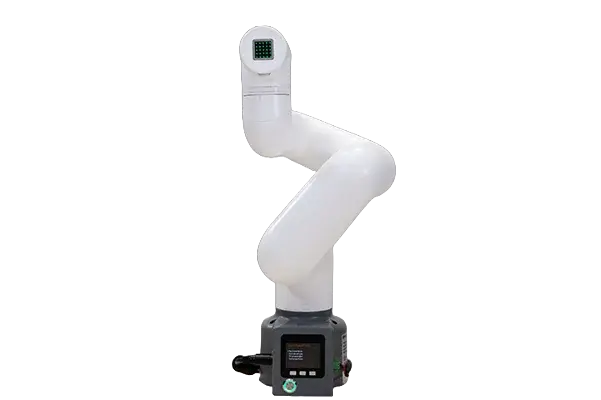
Description: Compact collaborative robot with 320mm reach, 1kg payload. Ideal for educational and light industrial applications.
Price: $2,399.00
Specs: Payload 1kg | Reach 320mm
Read more about MyCobot 320-M5
Doosan M0609
Rating: 4.4/5 (6 Reviews)
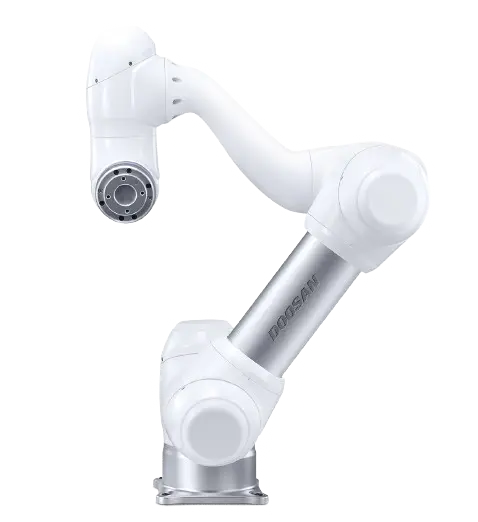
Description: High-performance collaborative robot with 900mm reach, 6kg payload. Suitable for various tasks.
Specs: Payload 6kg | Reach 900mm
Read more about M0609
KUKA LBR iiwa 14 R820
Rating: 4.6/5 (3 Reviews)
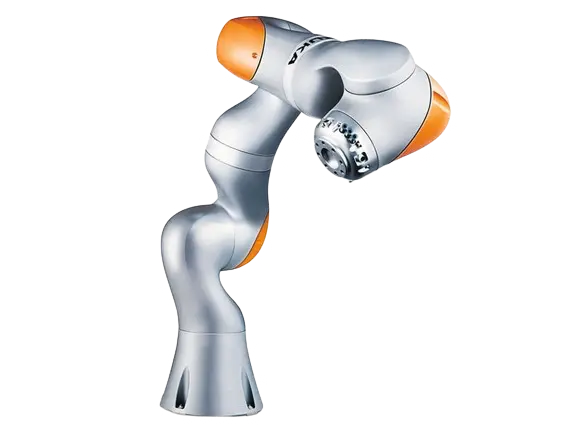
Description: Intelligent collaborative robot with 820mm reach, 14kg payload. Perfect for precision tasks.
Specs: Payload 14kg | Reach 820mm
Read more about LBR iiwa 14 R820
Kassow Robots KR810-3
Rating: 4.6/5 (1 Review)
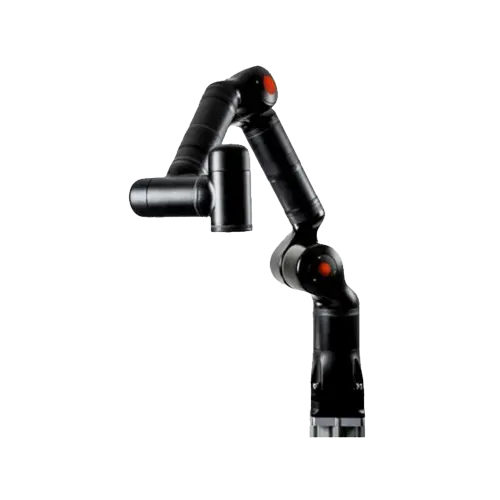
Description: Versatile collaborative robot with 850mm reach, 3kg payload. Great for light tasks.
Specs: Payload 3kg | Reach 850mm
Read more about the KR810-3
Kawasaki duAro2
Rating: –
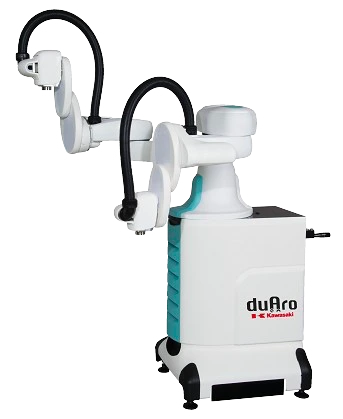
Description: Dual-arm collaborative robot with a combined payload of 3 kg per arm and a reach of 760 mm. Ideal for tasks requiring dexterity and precision.
Specs: Payload 3 kg per arm | Reach 760 mm
Read more about duAro2
Franka Robotics Panda
Rating: 4.5/5 (17 Reviews)
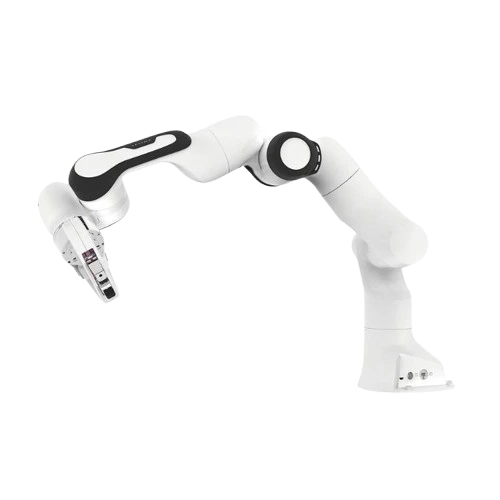
Description: Lightweight collaborative robot with a 3 kg payload and 855 mm reach. Known for its ease of programming and adaptability across various applications.
Specs: Payload 3 kg | Reach 855 mm
Read more about Panda
Comau Racer-5-0.80 COBOT
Rating: –

Description: Fast and robust collaborative robot with a 5 kg payload and 809 mm reach. Suitable for high-speed operations in industrial settings.
Specs: Payload 5 kg | Reach 809 mm
Read more about Racer-5 COBOT
DOBOT CR5
Rating: –
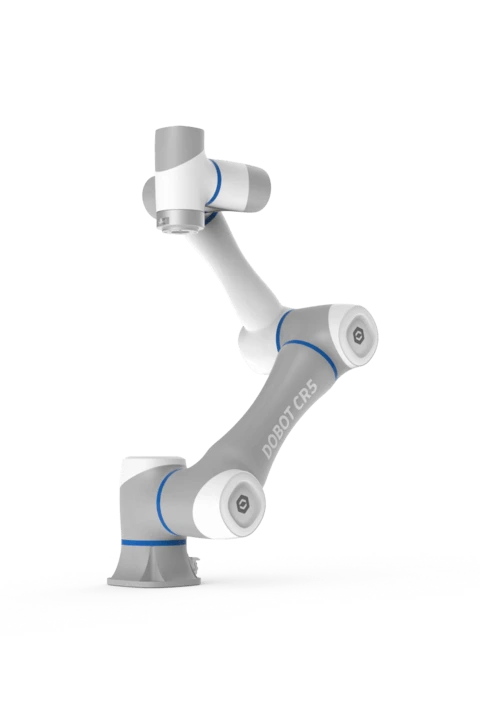
Description: User-friendly collaborative robot with a 5 kg payload and 1096 mm reach. Ideal for educational and research environments due to its intuitive interface.
Specs: Payload 5 kg | Reach 1096 mm
Read more about CR5
Denso Cobotta
Rating: –
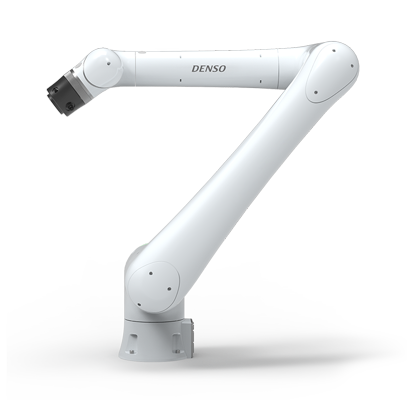
Description: Compact collaborative robot with a 500 g payload and 342 mm reach. Suitable for delicate tasks in medical and laboratory settings.
Specs: Payload 500 g | Reach 342 mm
Read more about Cobotta
Stäubli TX2touch-90
Rating: –
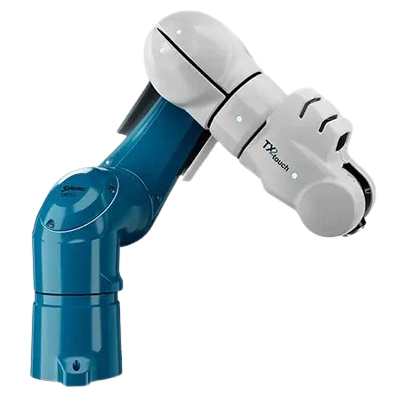
Description: High-precision collaborative robot with a 20 kg payload and 1000 mm reach. Optimized for tasks in the automotive sector.
Specs: Payload 20 kg | Reach 1000 mm
Read more about TX2touch-90
AUBO Robotics i10
Rating: 4.1/5 (1 Review)
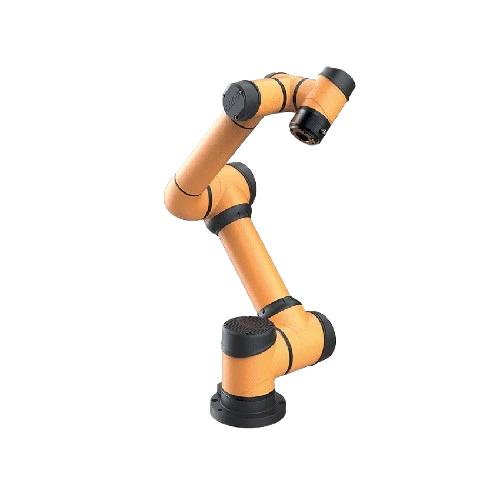
Description: Affordable collaborative robot with a 10 kg payload and 1350 mm reach. Perfect for small to medium-sized enterprises looking to automate processes.
Specs: Payload 10 kg | Reach 1350 mm
Read more about i10






